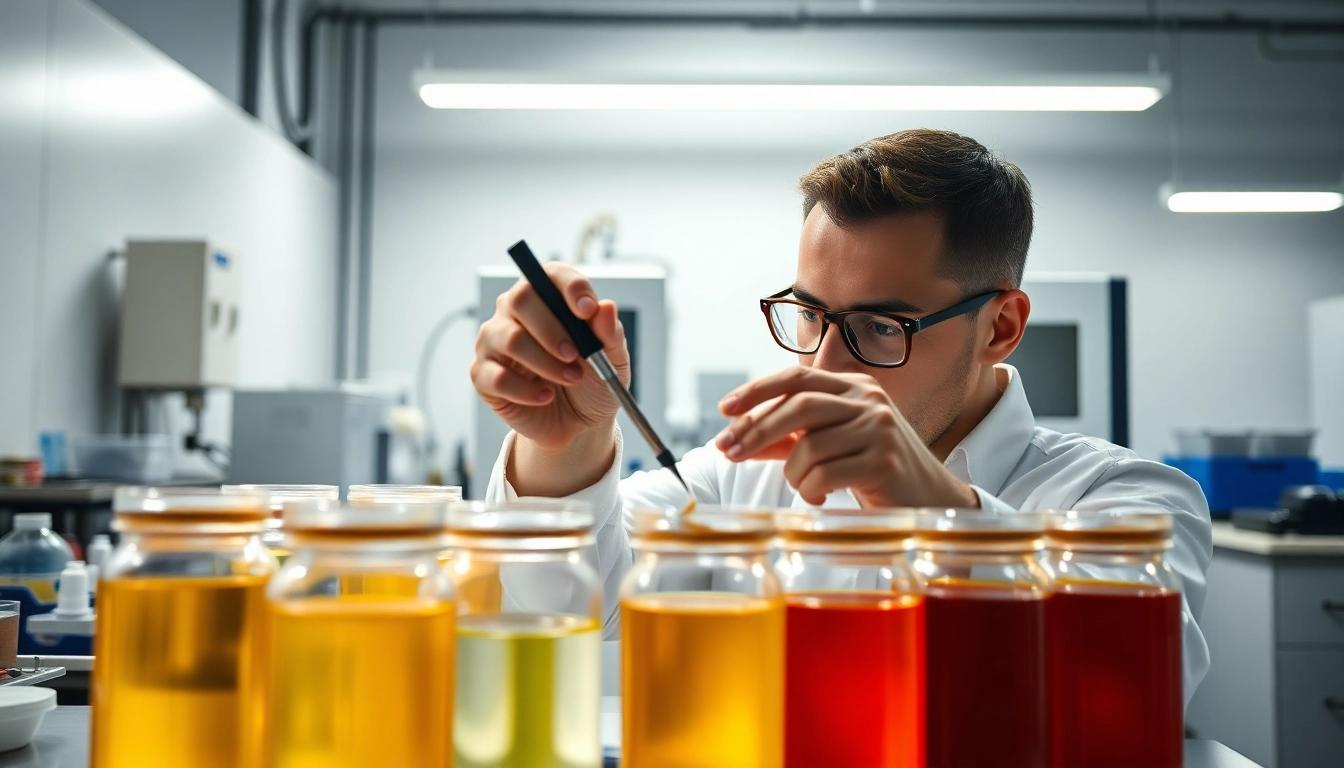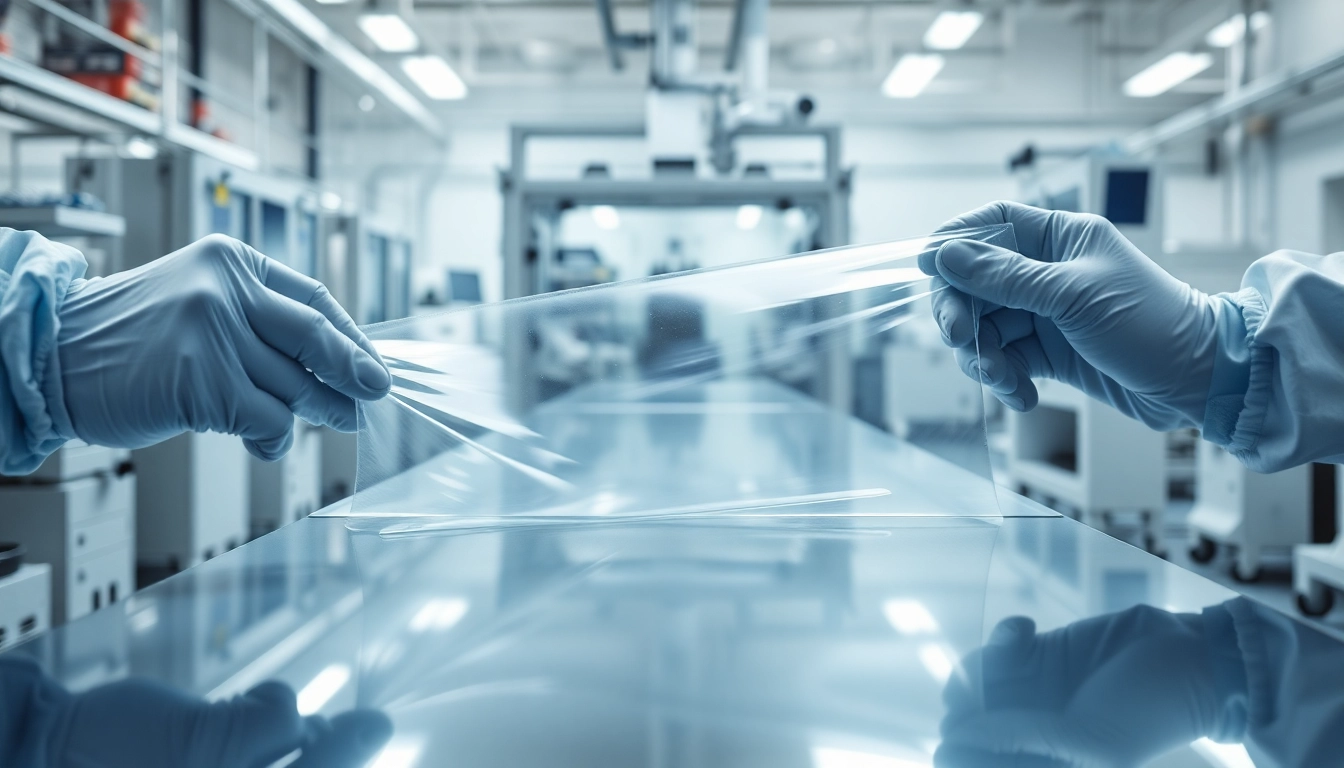Introduction to Blow Molding Machines
In the world of manufacturing, efficiency, precision, and productivity are paramount. One technology that fulfills these criteria in the plastic production sector is the Blow Molding Machine. This machine is indispensable for producing hollow plastic parts used in a wide array of products, from everyday containers to sophisticated industrial equipment. Understanding blow molding machines, their types, operational processes, and benefits is critical for businesses in plastic manufacturing.
What is Blow Molding?
Blow molding is a manufacturing process that creates hollow plastic parts. Essentially, the process involves extruding or injecting molten plastic into a mold and then using air pressure to expand it until it conforms to the mold’s shape. The result is a lightweight, durable product with a uniform wall thickness. This process is not only efficient but also cost-effective for mass production, particularly in the production of bottles, containers, and various other packaging solutions.
History and Development of Blow Molding
The blow molding technique dates back to the early 20th century when the first glass bottles were produced using this method. However, the process saw a significant evolution in the 1930s with the introduction of plastic as a manufacturing material. Over the decades, various advancements have refined the technology, leading to the modern machines used today. The invention of the extrusion blow molding (EBM) process in the 1970s and subsequent innovations in injection and stretch blow molding methods have further enhanced production capabilities and efficiency.
Benefits of Blow Molding Machines in Industry
Investing in blow molding machines brings forth numerous advantages for manufacturers:
- Cost-Effectiveness: The ability to produce large volumes of products in a short timeframe significantly reduces per-unit costs.
- Versatility: Capable of producing a wide range of products, including bottles, containers, and custom parts for various industries.
- Efficiency: Modern blow molding machines come with advanced automation features that streamline the production process.
- Quality and Consistency: The precision of today’s machines ensures that products meet stringent quality standards consistently.
Types of Blow Molding Machines
Extrusion Blow Molding (EBM)
Extrusion blow molding is the most common method used in the industry. In this process, a continuous tube of molten plastic (parison) is extruded into a mold. Once the mold closes, air is blown into the parison, expanding it to fit the mold’s shape. EBM is particularly well-suited for making large containers such as jugs and bottles. The advantages of EBM include its ability to produce high volumes quickly and the variety of shapes it can create.
Injection Blow Molding (IBM)
Injection blow molding involves a two-step process—first, the plastic is injected into a mold to form a preform, and then air is blown into this preform to create the final shape in a separate mold. This method is ideal for producing smaller parts with intricate designs and greater dimensional accuracy. It is widely used for producing components in medical devices, cosmetics, and consumer electronics.
Injection Stretch Blow Molding (ISBM)
Injection stretch blow molding is a variation that combines the processes of injection and stretch blow molding. Here, the preform is both injected and stretched before being blown into its final shape. This method enhances the strength and clarity of the final product, making it the preferred technique for producing lightweight PET bottles and containers used in beverages.
Main Components of Blow Molding Machines
Heating and Cooling Systems
The heating system is crucial in blow molding as it ensures the plastic is adequately melted to form a usable parison or preform. Modern blow molding machines feature advanced heating systems that provide uniform temperature control, essential for maintaining material consistency. Conversely, effective cooling systems are vital in rapidly cooling down the molded products, ensuring they solidify properly and retain their desired shapes.
Control and Automation Systems
Automation has become a cornerstone of modern blow molding technology. State-of-the-art machines are equipped with sophisticated control systems that allow for real-time monitoring of the production process. These systems can automate the various stages of production, including material feed, mold opening and closing, and product extraction, resulting in improved accuracy and less manual labor.
Material Selection for Blow Molding
The choice of material is critical in blow molding. The common materials include polyethylene, polypropylene, and PET. Each material possesses distinct properties that make it suitable for specific applications. For instance, PET offers excellent clarity and strength, making it ideal for beverage bottles, while polyethylene is favored for its flexibility and durability in container applications. Understanding the material properties is crucial for achieving the desired product characteristics.
Operational Process of Blow Molding Machines
Production Steps
The blow molding process encompasses several key steps:
- Material Preparation: Plastic pellets are fed into the machine and melted to form a liquid state.
- Forming the Parison: In EBM, the molten plastic is extruded to create a parison. In IBM, it is injected into a mold.
- Blowing: Air is introduced into the parison or preform, causing it to expand within the mold.
- Cooling: The mold is cooled to solidify the plastic.
- Mold Removal: The machine opens, and the finished product is ejected.
Tips for Maximum Efficiency
To optimize the performance of blow molding machines, consider the following tips:
- Regular Maintenance: Routine checks and maintenance will help identify and rectify potential issues before they escalate.
- Material Consistency: Ensure a consistent supply of high-quality materials to avoid variations in product quality.
- Operator Training: Continuous training for machine operators ensures they are knowledgeable about the machine’s capabilities and settings.
Maintenance and Care of Machines
Maintaining blow molding machines is essential to prolonging their lifespan and ensuring production quality. Regular cleaning of components, lubrication of mechanical parts, and periodic inspections can prevent malfunctions. Additionally, keeping the machine’s software updated can enhance operational capabilities and address any previous issues.
Cost Analysis and Investment in Blow Molding Machines
How Much Does a Blow Molding Machine Cost?
The cost of blow molding machines can vary significantly based on type, capability, and brand. Basic extrusion blow molding machines may start around $20,000, whereas more advanced models, especially those incorporating additional automation or specialized features, can exceed $100,000. Understanding the specific manufacturing requirements and production volume needs is essential for making informed investment decisions.
Calculating ROI in Production
When evaluating the return on investment (ROI) for blow molding machines, consider factors such as production costs, expected output volume, labor savings through automation, and market demand for the products being manufactured. Estimating the time it takes to recoup the machine’s initial cost can help inform purchasing decisions. A thorough analysis often reveals that investing in modern blow molding technology pays off by reducing costs and increasing efficiency.
Choosing a Reliable Machine Supplier
Selecting a reputable supplier for blow molding machines is crucial. Look for manufacturers with solid industry experience, positive customer reviews, and comprehensive after-sales support. Additionally, evaluate their commitment to innovation and technological advancements, ensuring that your investment aligns with future production needs.



